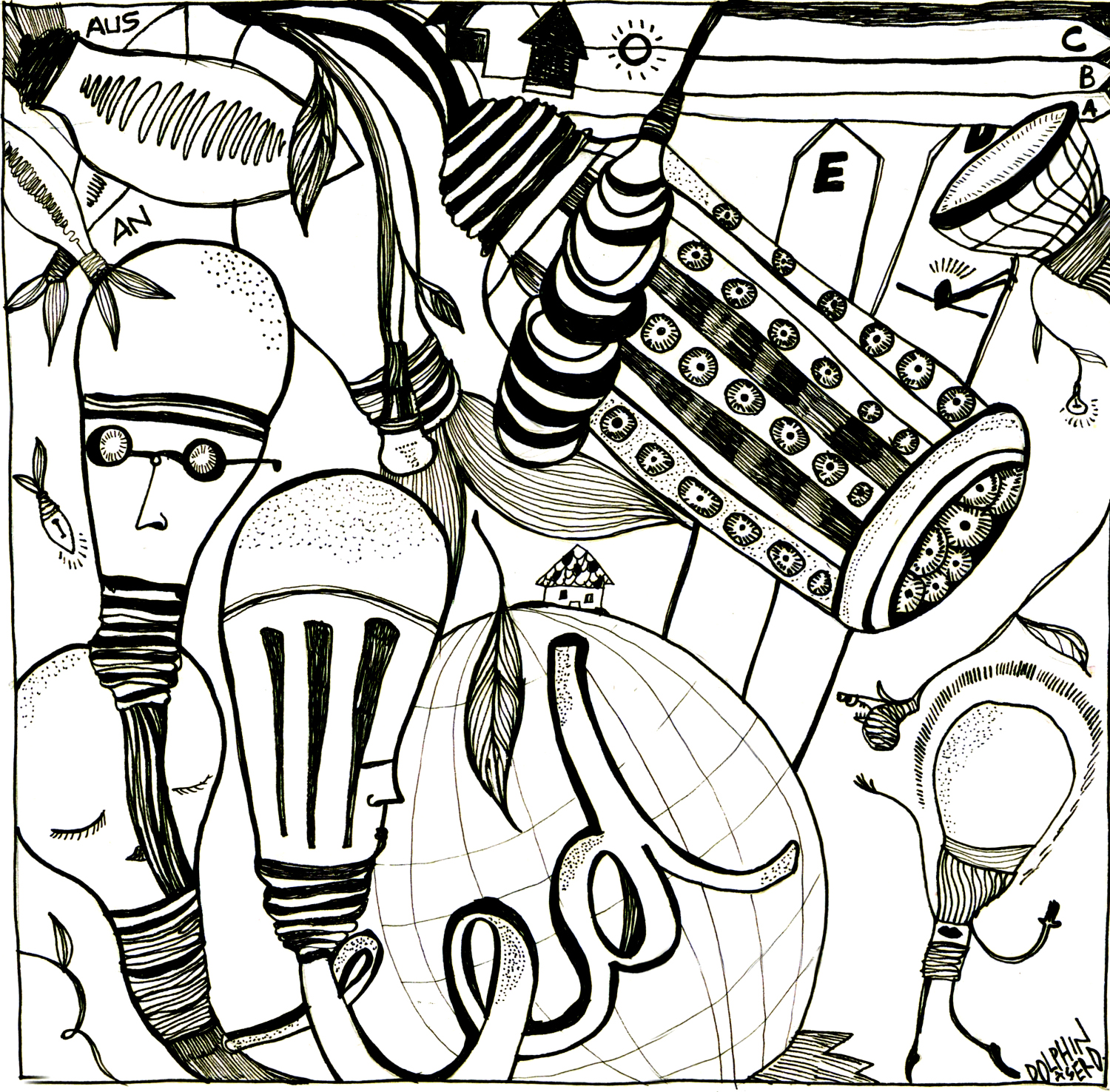By selling efficient and long lasting L.E.D lights, companies are in fact setting a short term to their own industrial activities…
L.E.D lights are in fact constructed to last decades (i.e. 1.6 hours per day = 44 years) and soon households will reach what the industry calls “socket saturation”.
The problem – for sellers – of potentially everlasting products is actually known since 1924, when the world’s largest lighting companies met in Switzerland to form Phoebus arguably the first cartel with global reach. They agreed – among others – on a much needed programmed obsolescence for products. Sounds familiar? Your smartphone lasts on a average 2.7 years, according to a study.
Imagine what the light industry would have looked like, if all light bulbs had lasted as the one which has brightened continuously the fire-department garage in Livermore, California since 1901 (this bulb itself is now a celebrity and has already outlived three webcams so far).
So how is now the light industry reacting to its programmed decline in the next years? Some operators will simply get out of business while some others bet on yet unexplored opportunities, ranging from smart and premium lighting products to energy related services.
Read more about these very interesting stories which had – and are still having – huge impacts on the energy sector in these two articles from James Bernard MacKinnon on the New Yorker: The L.E.D. quandary: why there is no such thing as “built to last” and Trying to solve the L.E.D quandary.

